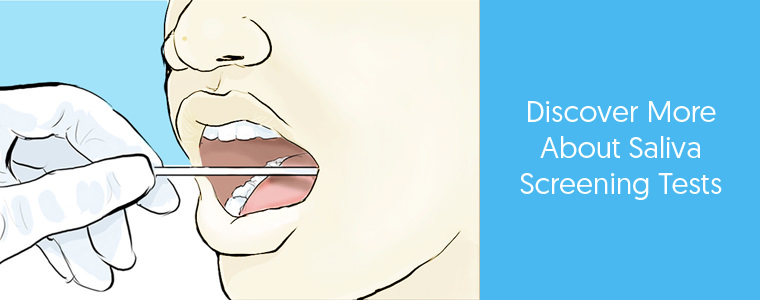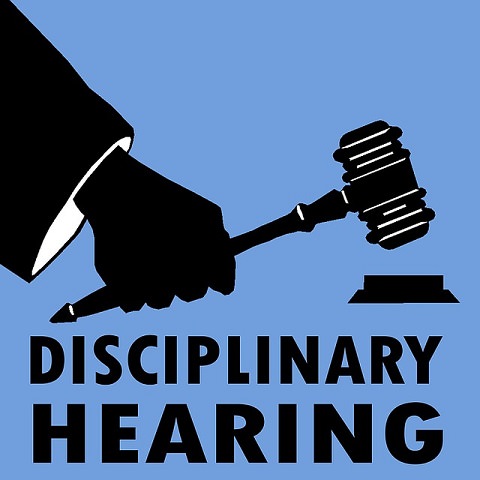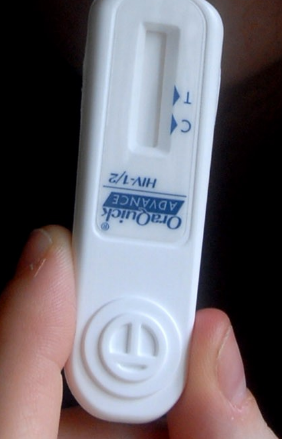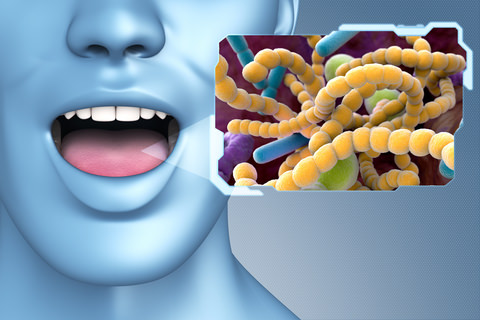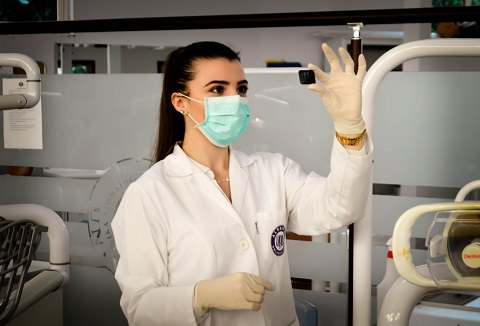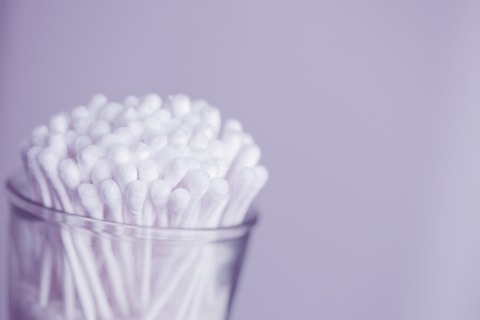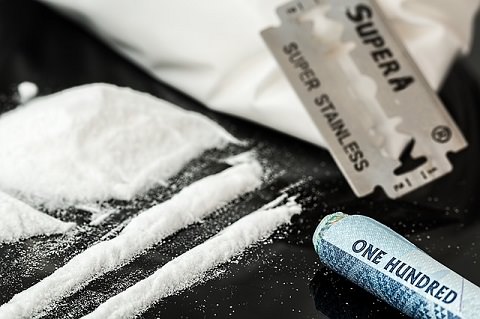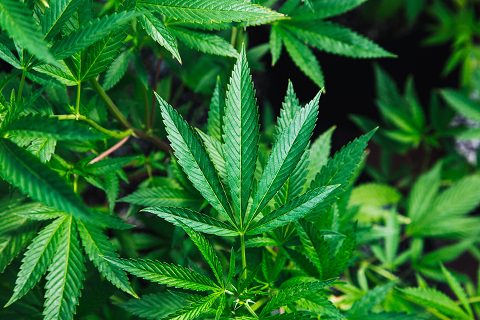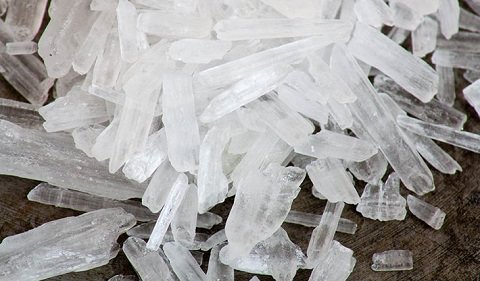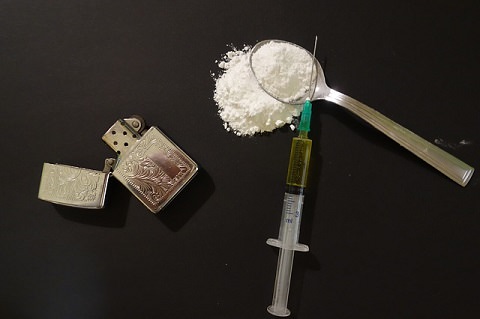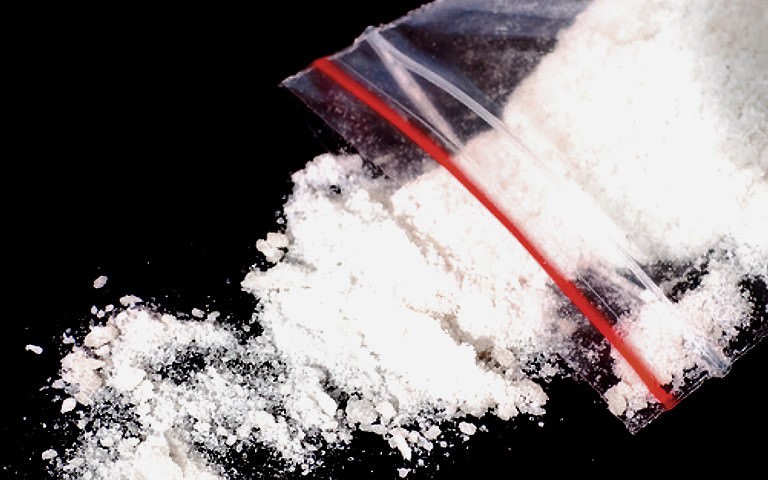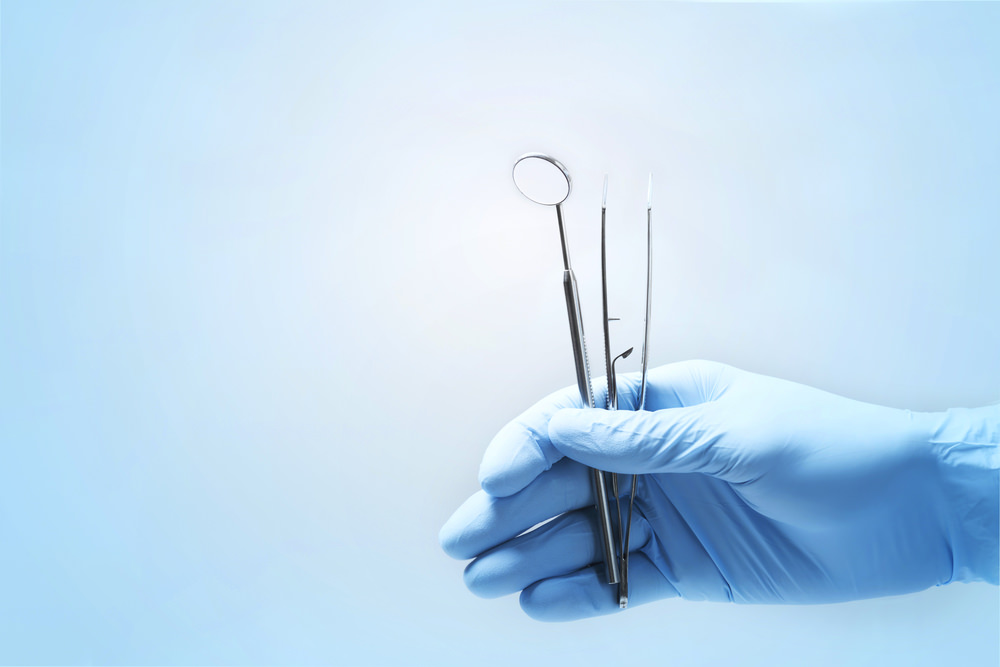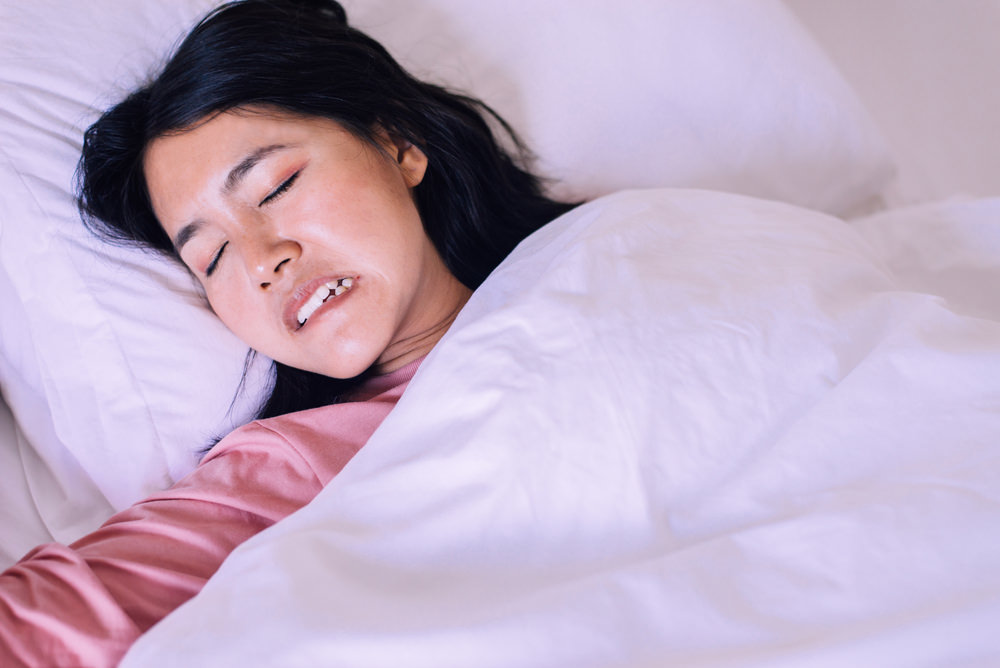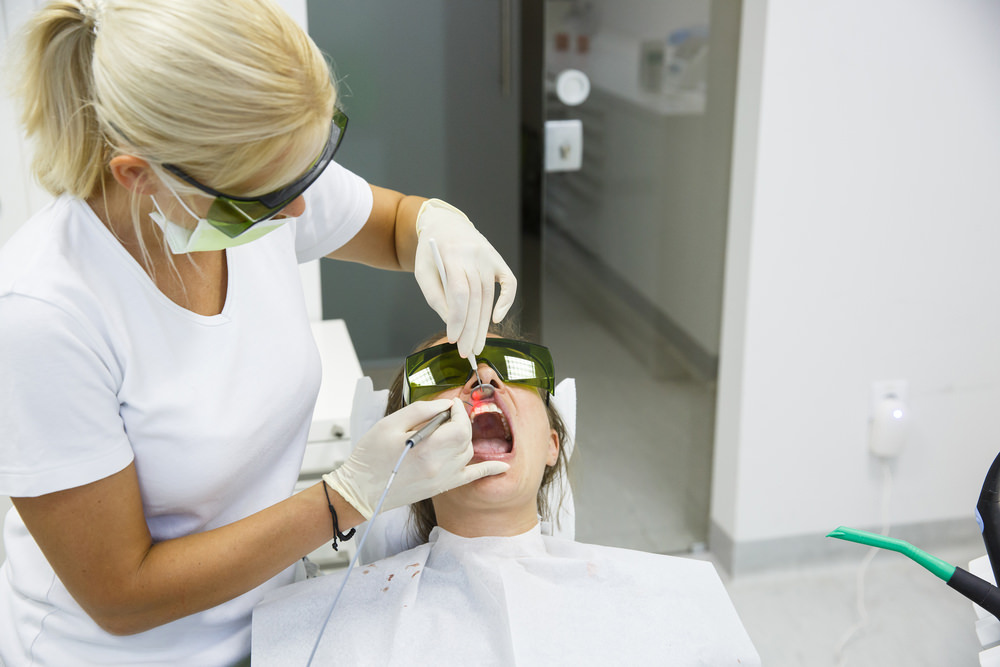Saliva Screening Test – What the Results Mean to You
A saliva screening test is helpful in many ways, from identifying possible drugs in your system to confirming diseases that are evident in your body.
You have nothing to fear from these tests, for they do more good than harm.
Let’s look at the saliva screening test in detail and what the results mean to you.
Saliva—What is it?
“A slightly alkaline secretion of water, mucin, protein, salts and often a starch-splitting enzyme (such as ptyalin) that is secreted into the mouth by salivary glands, lubricates ingested food and often begins the breakdown of starches.”—Merriam-Webster
Saliva is a liquid made by the salivary glands in the mouth area and plays an integral part in helping the digestive system break down food. The digestion process starts here.
Other than assisting digestion, it also:
- Keeps the mouth moist.
- Fights germs in the mouth.
- Prevents bad breath.
- Protects tooth enamel and gums from diseases.
The glands produce saliva readily to help maintain the oral environment and to assist in chewing.
Chewing stimulates saliva production, which is why the mouth starts watering when you look at, smell, or imagine something tasty.
Chewing gum or lollies trigger the glands similarly and these glands are located just beside your teeth, by the jawbone.
Screening: What is it?
Now that we’ve discussed what saliva is, next comes ‘screening.’
Saliva testing is a diagnostic technique that involves laboratory analysis of saliva to identify markers of endocrine, immunologic, inflammatory, infectious, and other types of conditions.
A screening test is usually undertaken, either on their own or due to a recommendation.
It’s to assess an individual’s health or to check whether they are clean from substances or are currently using.
As the definition suggests, screening tests may be carried out on blood, urine or the person’s saliva. They each give a similar yet different result of a person’s status.
Doctors recommend that people should get themselves tested at 6-12 months intervals if they are leading a healthy and safe lifestyle.
However, if the individual is sexually active or abuses recreational drugs, it is recommended that they get themselves tested at 3-6 month intervals.
Screening tests are also performed when applying for a job. Employers often test their new employees as a part of the hiring process with the principal reasons being to get a take on the persons reliability and self-control.
So, Why Should You Get This Test Done?
The Saliva Screening Test is one of the more common drug-tests used to vet people in this day and age.
Also known as the mouth swab test, the test collects and tests saliva. Typically, these tests can detect drugs used within the past few days. Some drugs, however, stay in the user’s system longer.
You might not like it much at first, but there are many benefits to this test, and it’s not just there to land you in trouble.
A saliva test can detect several potentially life-threatening diseases such as Hepatitis, HIV infection or even cancer!
Just as long as you have nothing to hide, a mouth-swab test works in your favour. So any underlying diseases or issue can be easily and quickly picked up.
You might find out that you are suffering from a disease that you would otherwise never look to get tested for and get timely treatment.
Benefits of Saliva Testing
Although saliva testing might seem somewhat daunting at first, it is nothing more than a mouth swab.
The benefits of the saliva screening test outweigh its only downside:
- It might detect some underlying disease in your saliva.
- It is inexpensive.
- Available over-the-counter.
- Quick and easy to use. You get the results within 5-10 minutes.
- Doesn’t need privacy and doesn’t create embarrassing situations.
How It Works
Saliva screen testing analyses a saliva sample for drugs and their components. The swab absorbs the patient’s saliva, which then undergoes screening.
At-home testers screen on a thin membrane inside the swab which changes colour based on results.
Professionally, doctors analyse the sample in-depth to provide a detailed analysis of the state of their patient’s health.
What Does a Normal Saliva Screening Test Look Like?
For an at-home saliva test, there is usually a band of the membrane with labels indicating cocaine, opiates, amphetamines or THC (cannabis).
When the tester detects saliva, the membrane starts diffusing it to reach the bands. If they detect no drug-components, the bands get coloured, showing a thin line along the membrane.
The image above shows a simple version of a screen tester which has only two options: C and T (cocaine and THC).
If the tester’s saliva contains no drugs, there would be thin lines along with C and T. If it does, it will remain clear despite the saliva saturating the strip. Some products test for diseases as well.
If the result is negative, as shown in the pictured, coloured strips show on the membrane.
At the hospital, though, saliva samples go through some tests to determine a much broader spectrum of results.
Criticism of Saliva Screening Test
The most common arguments about saliva screening tests state that these tests have two major flaws:
- Sensitivity.
- Standardisation.
Sensitivity
Everything is prone to error, one way or another. Many have criticised the use of at-home saliva tests of being inaccurate or not being sensitive enough.
A saliva test can have issues knowing the difference between markers that are naturally present in the saliva or those that are present due to substance abuse. The same criticism was faced by hospital testing as well.
Hospital testing may also not be able to know the difference after some time has passed or the results might not be specific enough.
Meaning that the tests can only find out what disease has released a particular type of biomarker.
For example, CRP is a marker released by all types of inflammations, be it digestive or otherwise.
Standardisation
Standardisation is a criticism faced by almost all testing methods.
Such things as diagnostic devices and methods vary greatly from one laboratory to another.
Each lab using a different method to find the same disease might end up with several results, one not being comparable with the other.
Results of a Saliva Screening Test
An at-home oral swab may contain from two to six different drug tests.
Each drug has a different cut-off level, meaning the minimum presence required for the result to be positive.
It’s important to note that an incomplete or faded line on the strip does not indicate the level of usage but an error that might get rectified within a few minutes.
There may be other factors that may cause the line to appear faintly.
Each test has a different meaning, as mentioned above, which are explained in detail as follows:
CO
Cocaine is a recreational drug commonly snorted, smoked, or injected into a vein.
The result of a swab test isn’t positive until there is an excess of 20ng/mL (nanograms per millilitre), indicating usage in the last 24 hours.
Also known as coke, users claim feeling intense happiness and loss of sense of reality. However, the reason why it is so potent and addictive is that it triggers the reward pathway in the brain.
The reward pathway is a dopaminergic pathway in the brain connecting the midbrain to the forebrain. This triggers the release of dopamine, making the mind to react in a reward-related manner.
In other words, the user feels pleasure and relaxation when the pathway is triggered.
Cocaine is legal to possess medically in some parts of the world but is completely illegal in others.
Although penalties vary from country to country, the most common punishment for cocaine use and trafficking includes fines and jail sentences from months to Life behind bars.
THC
THC is an abbreviation of Tetrahydrocannabinol, more commonly known as marijuana and cannabis.
It is a psychoactive drug used for medicinal, recreational purposes and used in some ways as a spiritual practice.
Detectable by at-home tests at only 12ng/mL, up to 14 hours after use. THC is one of the 483 known compounds found in the cannabis plant.
Cannabis can be used by smoking, adding in food or by vaporising and has a wide range of mental and physical effects.
One of the most potent effects it has is creating a heightened mood and giving the user a ‘stoned’ feeling. The effect is apparent within minutes when smoked, lasting for 2-6 hours.
Marijuana is legal in some parts of the world and illegal in many. Penalties for use or possession range from fines to 5 years imprisonment.
ME & AM
Methamphetamines and Amphetamines both have a cut-off level of 50ng/mL, detectable 72 hours after use.
Although used for medical purposes, they are used more commonly as recreational drugs. Both drugs are somewhat similar, yet different at the same time.
They act as psychostimulants, increasing the person’s perception, the ability to stay awake and focus. They also increase the level of dopamine in the brain, giving the user a euphoric feeling.
Methamphetamines are outright illegal to possess with up to 5-year jail sentences and fines as punishment.
However, Amphetamines can be prescribed for use medically, but in small quantities.
Because methamphetamines are much more potent, they work faster and are more addictive.
OP
Commonly called opium, it is made up of dried latex from poppy plants.
The common use for opium, poppies is to make medical opiates and heroin. Opium is usually smoked but can also be injected or drunk.
Opium users have reported that its use gives them ‘visions’ and detachment from this world and its problems. That said, opium is known to cause euphoria, relaxation, and acts as an anesthetic.
Opiates have a cut-off level of 40ng/mL, detectable from 24 to 48 hours after use.
Possession of opiates holds a prison penalty of up to 7 years with fines.
PCP
Phencyclidine, also known as angel dust is a recreational drug that may cause hallucinations, distorted perceptions of sounds and violent behaviour.
People usually smoke, swallow, snort or inject it, but methods other than smoking may result in an overdose.
For recreational use, some people can mix it with cannabis or tobacco.
PCP has a cut-off level at 10ng/mL, detectable 1-3 days after use with a penalty of up to 5-year jail sentences and fines.
Are You at Risk if The Results Are Positive?
Positive results may mean two things for you.
1. A Wakeup Call
If you are testing yourself and you don’t use drugs, then you might have made a mistake.
Or if you do use, you can take this time to recognise that addiction is a disease and get the appropriate help that you need.
Reach out to family and friends, or if you don’t have anybody, search online for the contact information of a rehabilitation facility that suits your case.
2. You’re In Trouble
If someone else is conducting the test, a hiring authority, a parent or a police officer you might find yourself in trouble.
It is best to get a home-test before going for an official test so that you are not surprised by the results and can take appropriate action in time. Remember, it’s never too late to get help.
On the other hand, if you test positive on a disease swab test, you should consider yourself lucky.
Identifying it in time will give you to jump to begin proper treatment and hopefully recover ASAP.
Conclusion
Saliva screening tests represent one of the methods you can use to really understand what is happening in your body.
A painless and somewhat effortless process, these types of tests are used by many.
Whether you are an employer or if you just want to know personally, results can give you what you need to make changes to your lifestyle so that you keep healthy and happy.
Have you had a saliva screening test? We would love to get some feedback.
By Andrew Adams
Created at September 24, 2018, Updated at December 17, 2020


